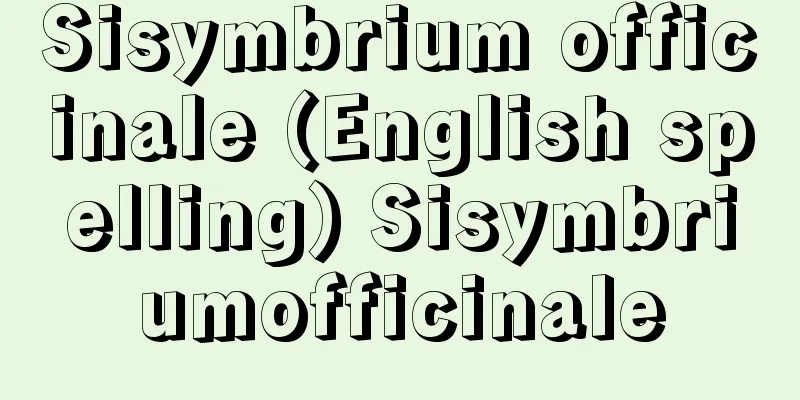Two rivers white road

|
This parable uses two rivers, one of water and one of fire, to explain the path that those aspiring to go to the Pure Land can take from the world of delusion to paradise. It was described by Zendo (613-681) of the Tang dynasty in the Sanzengi section of the Kangyō Commentary. A man is heading west when he comes across a river of fire to the south and a river of water to the north, with a white path 4-5 sun (about 12-15 centimeters) wide between them, along which water and fire surge forth ferociously, and bandits and evil beasts press in from behind. At a loss as to what to do, and wondering whether to cross the white path, he is encouraged by a voice from the east bank telling him to quickly cross and that he will be spared from the misfortune of death, and a voice from the west bank saying that they will definitely protect him. He believes this and reaches the west bank. The river of fire represents human anger and hatred, the river of water represents attachment and desire, the white road represents the pure mind that wishes to go to the Pure Land, the bandits represent the bad thoughts that arise from human delusion, the voice on the eastern bank represents the teachings of Shakyamuni in this world, and the voice on the western bank represents the call of Amida Buddha in the Pure Land. In Japan, it was widely known as a picture explanation. Among the artistic remains, the paintings at Komyo-ji Temple in Kyoto and the Kosetsu Museum of Art in Hyogo, which were created during the Kamakura period, are well-known. [Yoshiaki Ishigami] Source: Shogakukan Encyclopedia Nipponica About Encyclopedia Nipponica Information | Legend |
|
浄土往生(おうじょう)を願う者が迷いの世界から極楽(ごくらく)に至る道筋を、水・火の二河をもとに説き明かしたたとえ。唐の善導(ぜんどう)(613―681)が『観経疏(かんぎょうしょ)』散善義(さんぜんぎ)で記述したのによる。人が西に向かって行くと、南に火の河、北に水の河があり、その中間に4、5寸(約12~15センチメートル)の白道があって、水火が猛然と押し寄せ、後方からは群賊や悪獣が迫ってくる。進退窮まり、白道を渡ろうかと思案していると、東岸から早く渡れ、死の災いはないという声、西岸からかならず守るからという声に励まされ、信じて西岸に達した。火の河は人間の瞋(いか)りや憎しみ、水の河は愛着や欲望、白道は浄土往生を願う清浄(しょうじょう)心、群賊たちは人間の迷いから生ずる悪い考えなど、東岸の声は娑婆(しゃば)世界の釈尊(しゃくそん)の教え、西岸の声は極楽浄土の阿弥陀(あみだ)仏の呼び声に例えたもの。日本では絵解きとして広く知られた。美術的遺品では、鎌倉時代の制作になる京都・光明(こうみょう)寺、兵庫・香雪(こうせつ)美術館の図が名高い。 [石上善應] 出典 小学館 日本大百科全書(ニッポニカ)日本大百科全書(ニッポニカ)について 情報 | 凡例 |
>>: Lactuca dentata - Lactuca dentata
Recommend
Basidiocarp
…When sexual reproduction occurs, reproductive or...
motor glider
...an aircraft with fixed wings like an airplane,...
Autoclave - Autoclave
A heat-resistant, pressure-resistant vessel for c...
Perfect conductor
An ideal conductor of electricity or heat with inf...
Hans Memling
Flemish painter. Born in Seligenstadt, Germany, h...
Agelastes niger (English spelling) Agelastesniger
…[Ryozo Kakizawa]. … *Some of the terminology tha...
Grass Cultivation - Grass Cultivation
…When we look back at our daily lives, we realize...
Euskaldunaq - Euskaldunaq
…The province of Navarre is part of the former Ki...
Aotearoa - Aotearoa
...It is a multicultural and multilingual country...
inclined shaft
...The latter is called a blind shaft, but in thi...
Country Furniture
...Tudor townhouses, such as Shakespeare's bi...
Fischer synthesis
A method for synthesizing hydrocarbons by hydrogen...
Bauhütte (English spelling) [Germany]
A guild of craftsmen, mainly stonemasons, formed i...
Bilobalan
…The outer layer of the seed coat is juicy, looks...
Qin Eight Body - Shin Hattai (English spelling) Qín bā tǐ
Eight styles of calligraphy used in the Qin Dynast...









